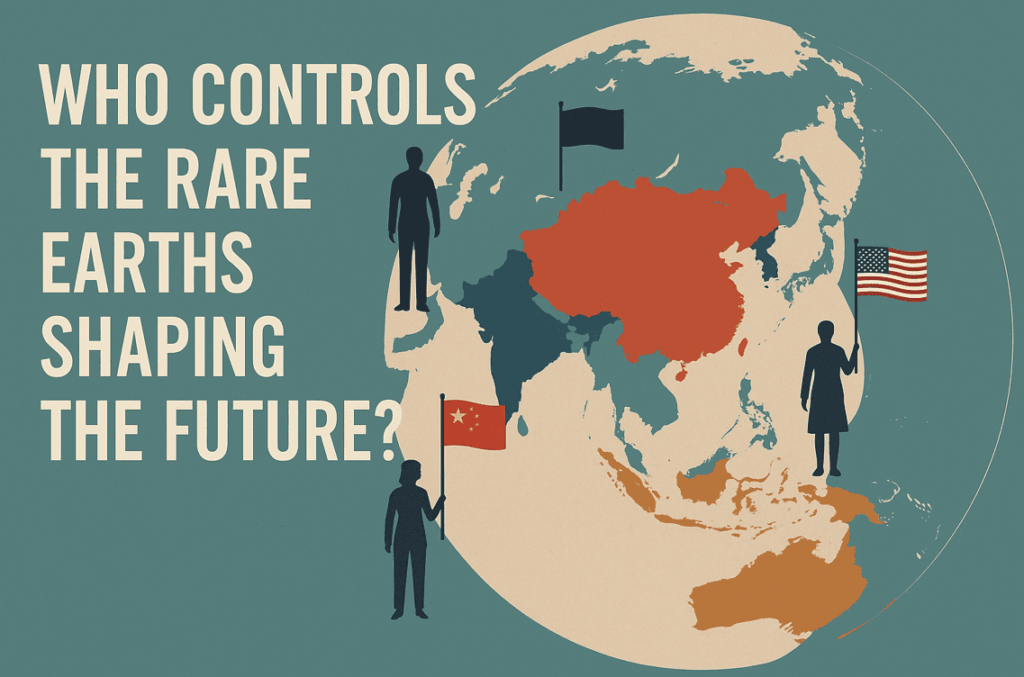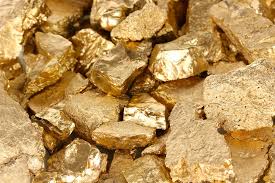The Global Race for Rare Earths
They are not rare, but they are critical. The 17 Rare Earth Elements (REEs) are the silent backbone of our modern world, powering everything from smartphones to advanced defense systems. For decades, one nation has strategically cultivated control over this vital resource, creating a global dependency with profound geopolitical implications.
The Dragon’s Grip: China’s Supply Chain Dominance
China’s control extends far beyond simple mining. The country has a near-monopoly on the most complex and valuable stages of the rare earths supply chain: processing and magnet manufacturing. This section visualizes the staggering concentration of power.
Global Mining Share
While other countries contribute, China extracts the majority of raw REE ore globally, giving it foundational control.
Global Refining Share
This is China’s chokehold. Even ore mined elsewhere is often sent to China for the complex chemical process of separation and refinement.
Permanent Magnet Production
China dominates the production of high-strength magnets, the most valuable downstream product made from REEs.
A Strategic Blueprint: How China Built a Monopoly
This dominance was no accident. It was the result of a deliberate, decades-long industrial strategy. In 1992, Deng Xiaoping famously stated, “The Middle East has oil; China has rare earths.”
1980s-90s
State-led investment, subsidies, and lax environmental laws enable undercutting of global competitors.
Early 2000s
Western mines (like USA’s Mountain Pass) close, unable to compete. China becomes the world’s primary supplier.
2010s
China masters complex refining, vertically integrates the supply chain, and begins using export quotas as a policy tool.
2020s
Full spectrum dominance achieved, from mine to magnet, wielding significant geopolitical leverage.
A World in Response: The Scramble to Diversify
Recognizing the vulnerability, nations are now racing to build non-Chinese supply chains. The chart below shows the top mining countries, but their combined output is dwarfed by China, and they lack refining capacity.
The High Stakes: Why Rare Earths Are Non-Negotiable
The strategic value of REEs lies in their unique magnetic and conductive properties, which are indispensable for high-performance technologies across critical sectors of the global economy.
National Defense
Essential for F-35 fighter jets (900 lbs of REEs), destroyers (5,200 lbs), missile guidance systems, radar, and drones. Supply disruption poses a direct national security risk.
Consumer Technology
The vibrant colors on your smartphone screen, the miniaturized power of your laptop’s hard drive, and the clarity of your camera lens all depend on various rare earth elements.
Green Energy & Automotive
Critical for the powerful, lightweight magnets in electric vehicle (EV) motors and direct-drive wind turbines. The green energy transition is heavily reliant on a stable REE supply.
The Road Ahead: A Long Path to a Secure Supply
While the world is awake to the risks, rebuilding a diversified rare earth supply chain is a monumental task. It requires immense capital investment, navigating strict environmental regulations, and years of developing technological expertise to compete with China’s established infrastructure. The race for rare earths is not just about minerals; it’s about securing the future of technology, energy, and defense for generations to come.



